


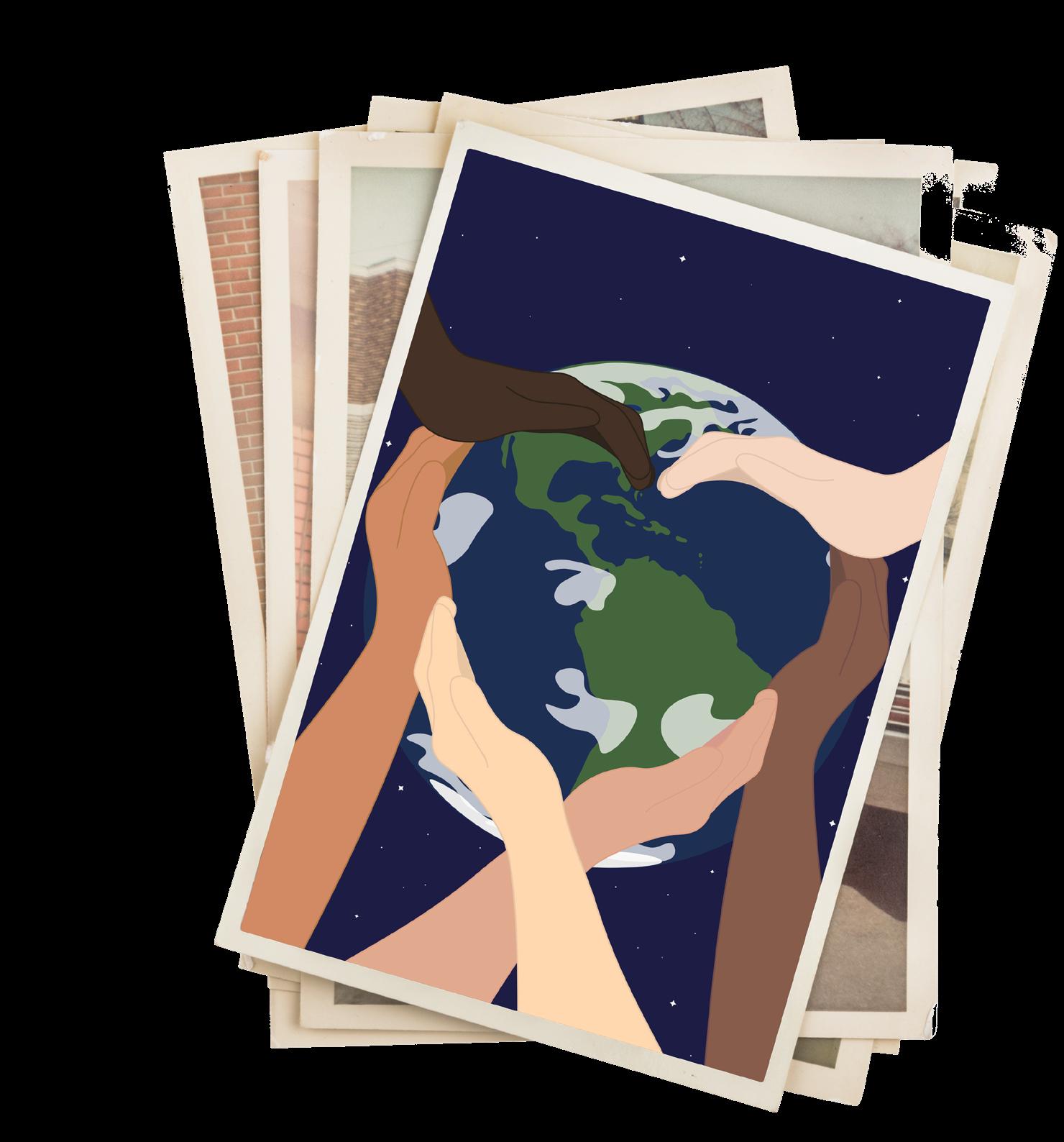


nov!
¡oye! Ntsiq
Our Youth Experience Vol. 1
(o-yay) (jee-yuh naw)
The Youth Advocacy Leadership League (YALL) is a program of Youth Leadership Institute (YLI). The YALL team is made up for Friday Night Live (FNL) leaders that represent each site across Fresno County. They work collaboratively to reduce underage drinking across Fresno County. To learn more, visit yli.org.
Funding for this project was provided by Fresno County Department of Behavioral Health, Public Behavioral Health Division.
table of contents



04. youth | 05. notes from the room in which i cried with my mother | 06. freshman year of covid | 08. the struggles of online learning | 10. when accessibility is a problem | 12. community care | 14. look & listen | 16. prevention: it’s not just a youth issue | 19. how you can help
This zine is a project of Friday Night Live and YALL. It is brought to you by:

Fresno County FNL Coordinator: Cynthia Rocha | FNL Program Manager: Jose Espinoza

FN L Program Coordinators: Daniel Gonzalez, Hilda Osuna Perez, Julio Lopez, Val eria Salazar, and Zyanna Maynard
Zine Project Leads: Johnsen Del Rosario, Valeria Salazar, Zyanna Maynard

Cover Art: Nancy Aguilar-Aquino | Back Page Art: Michelle Nguyen Design : YLI Communications Manager Kody Stoebig

Yout h Contribut ors:

Alexandra Cab allero (Edison FNL), Alexis Zuniga (The kNOw Youth Media), Christina Garcia (Roosevelt FNL), Danna Aguilar (HOPE), Hazel Ventura (Tranquility FNL), Isabella Porras (Selma FNL), Jade Diaz (Kerman FNL), Jennifer Andrade (Kerman FNL), Kamryn Rattana (Roosevelt FNL), Kiera Kaiser (The kNOw Youth Media), Nancy Aguilar-Aquino (Edison FNL), Nicole Hernandez (Reedley FNL), Nicole Lee (Roosevelt FNL), Paola Espinoza (Edison FNL), Ruben Diaz (The kNOw Youth Media), Shakira Yang (Sunnyside FNL), Sisis O’Neal (Kerman FNL), & Michelle Nguyen
For more info, follow us on social media!
Friday Night Live: @cfnlp

YLI: @ylinstitute

YALL: @fnlyall
Friday Night Live Chapters:
* Edison: @efnl_cv
* Roosevelt: @fnlroosevelt
* Sunnyside: @sunnysidefnl
* Selma: @selmahighfnl_
* Reedley: @rmchsfnl
* Kerman: @kermanfnl

* Orange Cove: @orangecove_fnl
* The kNOw/Betting On Our Future: @theknowfresno
the youth
the underestimated and undermined constantly being told to hide away to ignore the world around due to the lack of compreherence

little do they know we are aware of the poison consuming our community this poison corrupting our school system with limited resources and harsh punishments corruption of societal views of discrimination towards the color of each other’s skin - the violence of the streets creating a fear of isolation


the separation of immigrant families establishing forever broken homes this is only a small portion of what is meant to be kept a secret from the youth
these are ultimately what affect us the most we should not be silenced or ignored we are fghting for what we believe in what we know to be humanly fair and just our passion to see change roars louder than generations before us we fight and do not give up even when change occurs we demand it stays in we are the youth of america
by alexis zuniga
1. Kitchen
our salty embrace like a dance while the toast is burning on the other side of the room. but we don’t care, comfort is all we know.
3. Concerts



the moment the lights went dim i knew this moment was meant for us the bass took over our pulses our bodies had no leftover space to fit our tears so we let them fall i realize now that we have a relationship like a pitchy song catchy, but cant hit the high notes we were different people when we walked out that night sweaty and full of memory
you tell me of my worth while millions of blades of dry grass pass us by. waiting, yearning for a spark. i don’t remember where you said we’re going my window is down i can’t help but feel guilty for everything, i don’t know i tell you what’s clogging my veins and



you ask me “can you feel the wind?” i can’t feel it i can’t feel anything anymore
4.



Dining Room
that night you showed me all of the pain that caused your heart to ache in this way i know the way they took the way they took your utensils and you starved i’m sorry for what i’ve done forgive me
forgive me for what I’ll do how cruel of god to give you too much heart and too much to bear im sorry—im so sorry i will eat the food you make me i am doing this for you.
by isabella porras
notes
from the rooms in which i cried with my mother
Freshmen Year of COVID
Online learning has been a challenge for everyone involved, but I doubt many people have thought about what it's like entering high school completely online. Freshmen were in the last quarter of 8th grade when everything shut down, and are now about to enter sophomore year. I’ve come to think of my classmates as “COVID freshmen.”

I know my own experiences - the boredom, the struggles with school, new hobbies, and a terrible sleep schedule. It’s been a struggle to collect and write my own thoughts, so I decided to ask some of my peers about attending their first year of high school online.


I asked Valeria Suarez, a freshman from Clovis North High School, about her favorite part of online learning and she said it was getting to spend time with her family. “I feel like since we weren’t all busy with everything and we were working from home, that we had more time to be together.” But, while her connections with family strengthened, “[she] really missed being with my friends and the social connections I would’ve gotten at school.”
I’ve also felt like I have missed social connections. We don’t get to chat on the way to class, or before the lesson starts. With online school all of those social aspects are gone and instead school becomes solely about learning the material, which not many students are all that interested in, myself included.

Avery Langley, a freshman at Edison High School, brought up that while in online school, students don’t have to worry about expectations among peers. He said, “the best part of quarantine was being able to stay home and not have to worry about how you look.”
This is a very pertinent issue for students, and I would say freshmen, especially. Entering high school is exciting, and students are asking ourselves how we are going to make the change from kid to adult.
Alys Garcia Cruz, a freshman from Edison High School, said “I can’t say I feel prepared or unprepared [for in-person high school] … everything kind of jammed into my
brain for the first few days and then I forgot it by the end of the week.” But, thankfully, Garcia Cruz has notes that they plan on using to get through tenth grade, which makes them feel better about next year.
We had significantly less class time in Fresno Unified, and at Edison High School there were only three classes per day.
Suarez said that she felt prepared to move on in some classes, and in others, not so much. She said that the difference was in the teachers and how they taught during online-school. The circumstances are obviously less than optimal for teaching, but some teachers really made the best of the situation. Unfortunately, Suarez did struggle with some of her classes, and “[her] teacher had no motivation to help [the students] learn.”
As our cities and schools open, there is a collective excitement among students in getting to see and spend time with friends again.
“I’m excited to be back with my friends and my classmates. I think everyone is going to have a new appreciation for going to school after such a hard year,” said Suarez.
“I am most excited about things feeling normal again and having something to do during the day,” said Langley. And while that excitement is a big part of thinking about the near future, there is also worry. “The first few weeks [of in-person school next year] will probably be hard to readjust to.”
This feeling is shared by Garcia Cruz, who says that while they are really excited to hang out with friends again, “it’s nerve-wracking to introduce myself to a lot of new people and be surrounded in a group.”
Students have become used to staying home with minimal interaction with their peers, and soon we are all going to be reintroduced to the hectic environment that school used to be. Personally, I share the nervousexcitement many of my peers are feeling, and I hope that this summer can be a time for me to ease into social interaction again.
by Kiera Kaiser

The Struggles of Online Learning
From getting disconnected from the Internet to not having enough motivation, I am having a hard time getting used to virtual learning.
When virtual learning first started in March 2020, I thought it wouldn’t last long; I was even excited for it. But as time passed and we were still doing online classes in May, the hopes of going back to school in August started to fade away.



I am a junior now attending Tranquility High School virtually in rural Tranquility, 45 minutes west of Fresno, California.

When the 2020-2021 school year started, a lot of things had changed.
We were told we had to log into Google Meet meetings every day, and some teachers made it mandatory to have our cameras on. If we didn’t, we’d lose participation points, which would affect our overall grade, or they would mark us as absent for the day.
We are now on a block schedule, spending an hour and a half online in just one class and, while it’s not that different from meeting in person, having these classes online is a different story.
Staying connected for an hour and a half is difficult for two reasons. One, staying connected for that long makes the Chromebook very slow and hot. Two, there are days when my Internet will completely disconnect halfway through a lesson.
I figured this was because my little brother was also in school, and multiple computers were connected to the WiFi. We have a really cheap WiFi plan, and because of this, it can’t handle multiple devices connected at the same time.
While I can log on to my phone and watch videos, it takes a long time to get a document loaded during class. Because of this, I started to do the work after class. This caused me to not pay as much attention in class as I would like to and to lose motivation.
There have been multiple days when my WiFi didn’t connect at all, and I had to use my mobile hotspot. It worked for the first few days, but it just wasn’t as fast as having the WiFi connected.
The digital divide is just one problem of virtual learning; trying to learn from home is another. Living in a Hispanic household, there is a lot of noise; there are many distractions while I’m attending classes online.
Not having a separate place to work and relax has also affected me more than I thought it would, which ties back into my lack of motivation.
When attending school in person, I would get home and start working on my assignments. But being at home, there isn’t much separation between schoolwork and housework. I would put assignments off until the last minute because I’d be doing other things like cleaning the house or babysitting my siblings.

If I’m not doing that, I’d be working in my room where my bed is right in front of me. Instead of doing my work, I’ll either be lying in bed going through my phone or napping.
With the lack of reliable WiFi connection and lack of motivation to do my schoolwork, I’ve come to realize that virtual learning isn’t something that works for me, and I look forward to the day when we are meeting in classrooms again.
by Hazel Ventura


When Accessibility Is A Problem

Being a teenager growing up in the Central Valley, I have found that alcohol is widely the youth’s chosen drug of choice.



Young people in the valley have grown up in an age where alcohol ads can be seen everywhere. Whether it be parties, sporting events, weddings, backyard barbecues, concerts, brunch… It’s hard to think of any social event that doesn’t at least offer it. Drinking has become an integral part of the way adults spend time with their friends and family.
Our beliefs about alcohol are established very early in life, even before the start of elementary school. Evidently, when your community and the rest of the world views drinking alcohol as a social activity, perspectives can change in favor of alcohol quickly.
This, paired with the endless alcohol advertisements all around us, can easily reel a young person into drinking, oftentimes putting themselves in danger in the process. Access to alcohol can come from friends, family, and even strangers on the street. It was common practice in my hometown to find an adult, (usually an older sibling or young adult family member), outside of a party that would be willing to buy alcohol for paying minors. According to the 2018-2019 Fresno County Student Insights Survey, 67% of youth found that alcohol was the most available amongst their friends and family.
Students from the Fresno County Youth Advocacy Leadership League (YALL)
The YALL team consists of a group of community leaders that are also involved in their local Friday Night Live (FNL) programs. FNL is a youth development program that helps young people grow and advocate for their rights.
In 2019, the YALL team constructed their “I Won’t Provide Campaign,” which aims to reach adults in their early 20s who are a means of access to alcohol to minors. The campaign was launched along with an online pledge through Change.org which asks young members of the community to drink responsibly — which includes not providing alcohol to minors. Over the course of the year, the I Won’t Provide pledge accumulated over 50 signatures.
In the fall of 2020, Selma High’s FNL chapter also launched our Positive Social Norms Campaign surrounding party culture. We sent out a schoolwide survey collecting data surrounding party culture and peer pressure in our community. The survey was sent in conjunction with Casey’s Pledge, which honors Casey Goodwin, who was a strong advocate for positive lifestyles and against drinking and driving.
Our chapter found the data from this survey to be incredibly alarming, with a total of 356 responses. About 30% of those who took the survey reported that they have felt unsafe at parties, with violence and alcohol abuse being among the top reasons.
Both YALL and FNL teams across the valley continue to urge young adults to not provide alcohol to the minors in their lives and strongly encourage young people to make healthy choices
for the safety of their communities.
by Isabella Porras



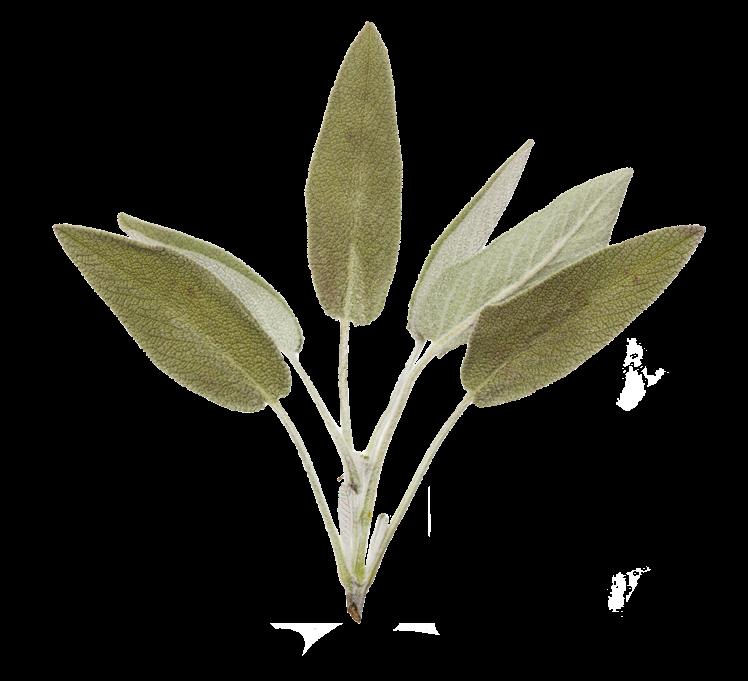

Community Care





Edison High School worked to promote positive social change this school year by using social media to create interactive posts around underage tobacco prevention. They also did trainings around interviewing and writing skills to better inform community residents about tobacco prevention during COVID. In 2019, Edison FNL students participated in cigarette butt pick-ups at parks around Fresno County, collecting about 6,000+ cigarette butts in total. Our young people are on a mission to build up their community and to keep Fresno clean. Care for the little things, protect nature, and keep it free of the things that harm us.

stop and smell the flowers

care for the little things let the diversity thrive keep it free of the things that harm us...










a small community protect nature


 by Nancy Aguilar-Aquino, Alexandra Caballero, Paola Espinoza
by Nancy Aguilar-Aquino, Alexandra Caballero, Paola Espinoza

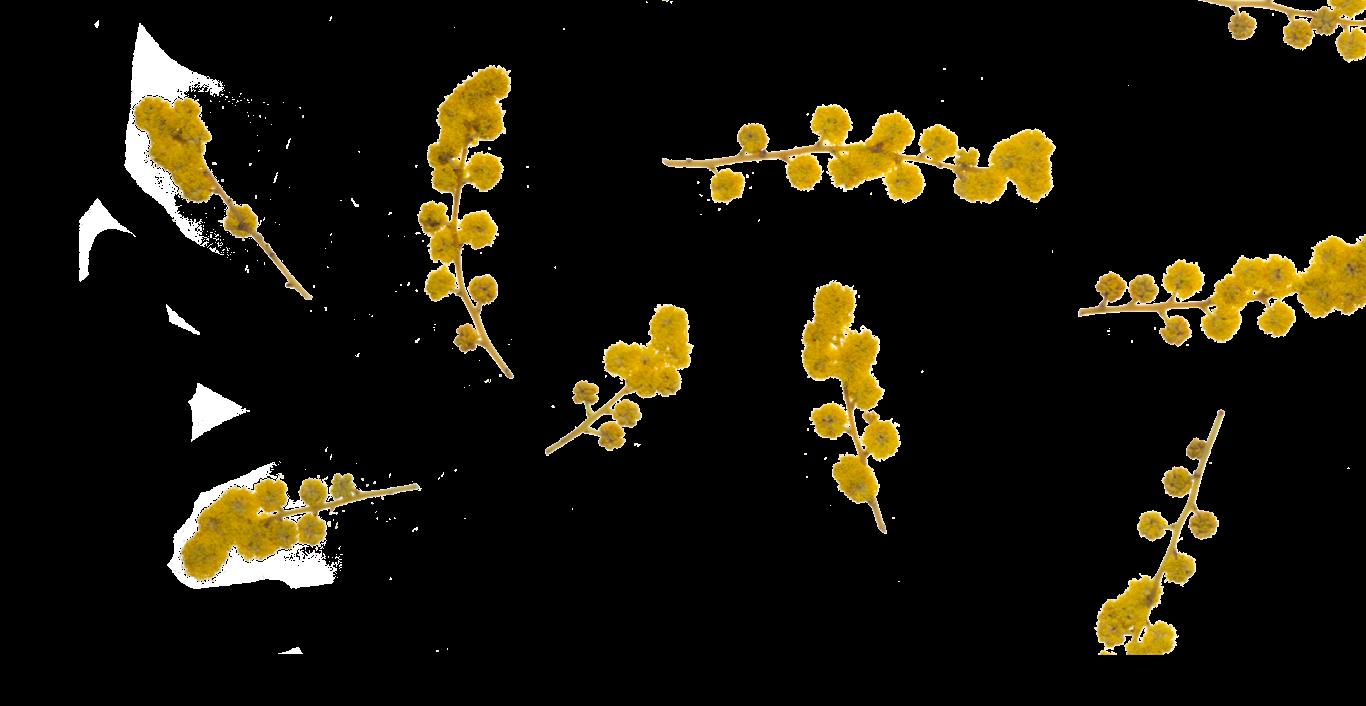





let it grow
A pier in Santa Barbara. Having a beach house with a mountain view is not cheap, but taking a picture of the area is free. This picture evokes my imagination into dreaming of the endless possibilities and what I will achieve.

A pier in New Jersey. It was calm, quiet, and mostly empty. This picture transports me into a dreamlike state where I can be liberated to do anything imaginable.

A pier in Santa Barbara. It must have taken the people a lot of courage to go parasailing. This picture is a reminder to take risks and have courage.
 by Nicole Hernandez
by Nicole Hernandez














Look + Listen
Prevention: It’s Not Just A Youth Issue
When people are asked to describe substance use prevention, most (including youth), define it as telling someone not to do drugs and not to drink alcohol. For years, our youth have been drilled with the message that it is up to them and them alone not to succumb to the temptation of alcohol and substance use.


What we eventually learned through research and data collection of underage drinking and substance use rates, was that this messaging alone was not enough to convince youth not to engage in underage drinking or use of other substances. When prevention evolved to include knowledge of the harmful impacts of substance use, there was a small decline, but usage rates among youth primarily stayed the same. Even when shown horrific photos of the impacts of substance use on the human body and car crashes as a result of drinking and driving, youth usage rates prior to 2002 for the most part remained the same (Fresno City Clerk, 2019).
According to the 2017 National Survey on Drug Use and Health (NSDUH), about two out of three individuals aged twelve or older perceived great risk from having four or five drinks of alcohol nearly every day (SAMHSA, 2018). What this tells us is that youth understand that alcohol consumption is harmful, but this knowledge alone does not deter them from engaging in use. This same survey found that 7.4 million people aged twelve to twenty drank alcohol in the past month, including 4.5 million who were binge drinkers and 932,000 who were heavy drinkers. What was interesting, however, was that the percentage of youth who reported they consumed alcohol in 2017 was lower than the percentages in 2002 through 2014 (SAMHSA, 2018).
conversation regarding prevention has changed from reasons youth should not drink alcohol to the factors that contribute to youth use. Youth around the state of California are starting to look at their communities and at the environments around youth that are contributing to alcohol use.

Prevention efforts have evolved to look at access, media messaging, policy, and social norms, and the role all these things play in youth attitudes and beliefs around alcohol.
A Student Insights Survey conducted in Fresno County revealed some surprising data about how youth access substances like alcohol, marijuana, and prescription drugs. When asked how easy it was to access alcohol, 60% of youth said it was fairly or very easy to access (Fresno County DBH, 2019). When asked how youth were accessing alcohol, the data indicated that 67 percent were getting alcohol from peers, 39% from other adult family members, 36% from siblings, 33% from adult strangers, and 27% from parents (Fresno County DBH, 2019). According to the National Institute on Alcohol Abuse and Alcoholism (NIAAA), in 2015, among twelve- to fourteen-year-olds who reported that they drank alcohol in the past month, 95.1% reported that they got it for free the last time they drank (NIAAA, 2006).

So what could be contributing to this recent small, but steady decline? What changed?


There has been a small, but progressive movement in California of youth who have challenged themselves to address this issue. Youth, in their innovative wisdom, have decided to take a different approach in looking at the issue of youth substance use. Recognizing that trying to change attitudes and behaviors of their peers has not made much of an impact, they have decided to look at this issue from a community and environmental approach. Looking beyond just self-motivational messaging and knowledge of harm, the
In many cases, adolescents have access to alcohol through family members or find it at home. This data highlights a contributing factor to underage drinking which communities have struggled with for years: accessibility. Youth leaders realized that if you limit access to youth, you limit consumption. The solution was clear: access to alcohol needs to be addressed, and the focus needs to be on those known to provide alcohol to youth in the community. What the data also provided were clear groups that needed to be targeted.
Looking at the examples and strategies used by tobacco prevention, youth have been developing projects and campaigns that have focused on reducing access. Through training and skill development, youth have been building their capacity to lead community change campaigns that focus on youth alcohol access reduction. Youth development programs like the Youth Leadership Institute (YLI) and California Friday Night Live
(FNL) are training youth in advocacy, public speaking, data collection, project planning, and youth and adult partnerships to empower youth. One example of this is the Responsible Neighborhood Market Act (RNMA). In 2018, the city council of Fresno partnered with youth to pass the RNMA, which initiated the implementation of a local policy that would place a cap on the amount of liquor licenses that can be distributed within the city (Fresno City Clerk, 2020). The policy would also increase the distance that a liquor store has to be away from youth-sensitive spaces.


In 2018, the California FNL program launched a statewide campaign referred to as the "Not On My Watch Lawn Sign Campaign" (Ortiz-Briones, 2018). This campaign provided families with a family alcohol policy they could implement in their household and a lawn sign stating, "This home does not support underage drinking and does not supply alcohol to minors." Youth in Fresno followed the message with a data point that "66% of Fresno County youth who reported they drink alcohol got it from a parent or adult family members." Between 2017 and 2018, the Placer County Youth Commission passed a Social Host Ordinance in their county and in the city of Roseville (Baksh, 2015). This policy aimed to prevent parenthosted alcohol parties and the serving of alcohol to youth within the home. The Social Host Ordinance instituted fines to adults who provided alcohol to youth in their homes and to youth who were not their own children. In 2016, youth in Oceanside, California led a "sticker shock" campaign, which included placing bright yellow stickers on alcohol twelve-packs and greater. These stickers informed buyers of the consequences of providing alcohol to minors. This campaign inspired other youth in California to do the same in their own counties. These and many other examples are already contributing to declining rates of underage drinking. By investing in youth development and substance use prevention programs that focus on community change rather than just education, we will continue to see this downward trend. In California, prevention currently receives such a small percentage of the budget to address substance use; only 20%, in fact (DHCS, 2020). With youth driving and leading community change that is already showing great impact, it is not hard to imagine what can be accomplished if this new wave of prevention is provided an even larger investment.








 by Nicole Lee, Christina Garcia, & Cynthia Rocha
by Nicole Lee, Christina Garcia, & Cynthia Rocha


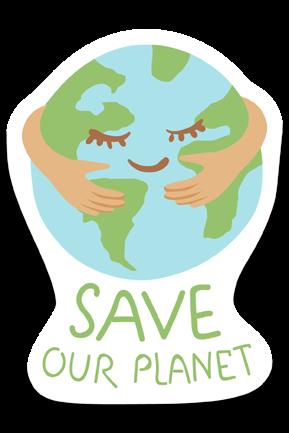


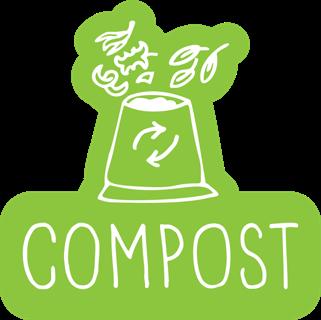


howyoucanhelp
reduce, reuse, recycle spread knowledge, educate others about how they can help improve the environment
walk & ride bikes more often
humans are responsible for the rapid & increasing climate change
40% of the carbon dioxide produced has entered the earth’s atmosphere & 60% has been absorbed by plants & soil pollution contributes to the depletion of the ozone
plant a tree
by jennifer andrade

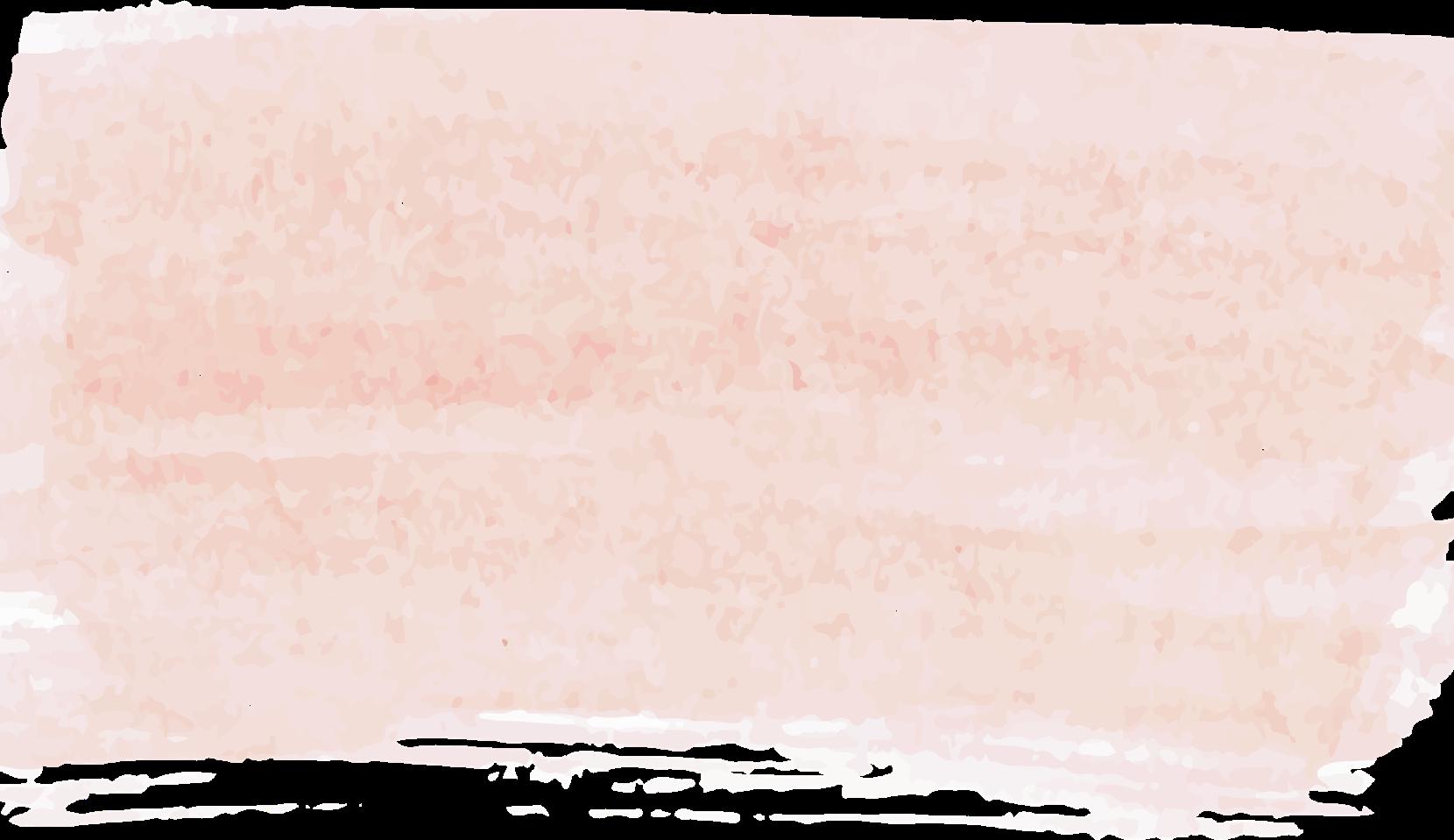
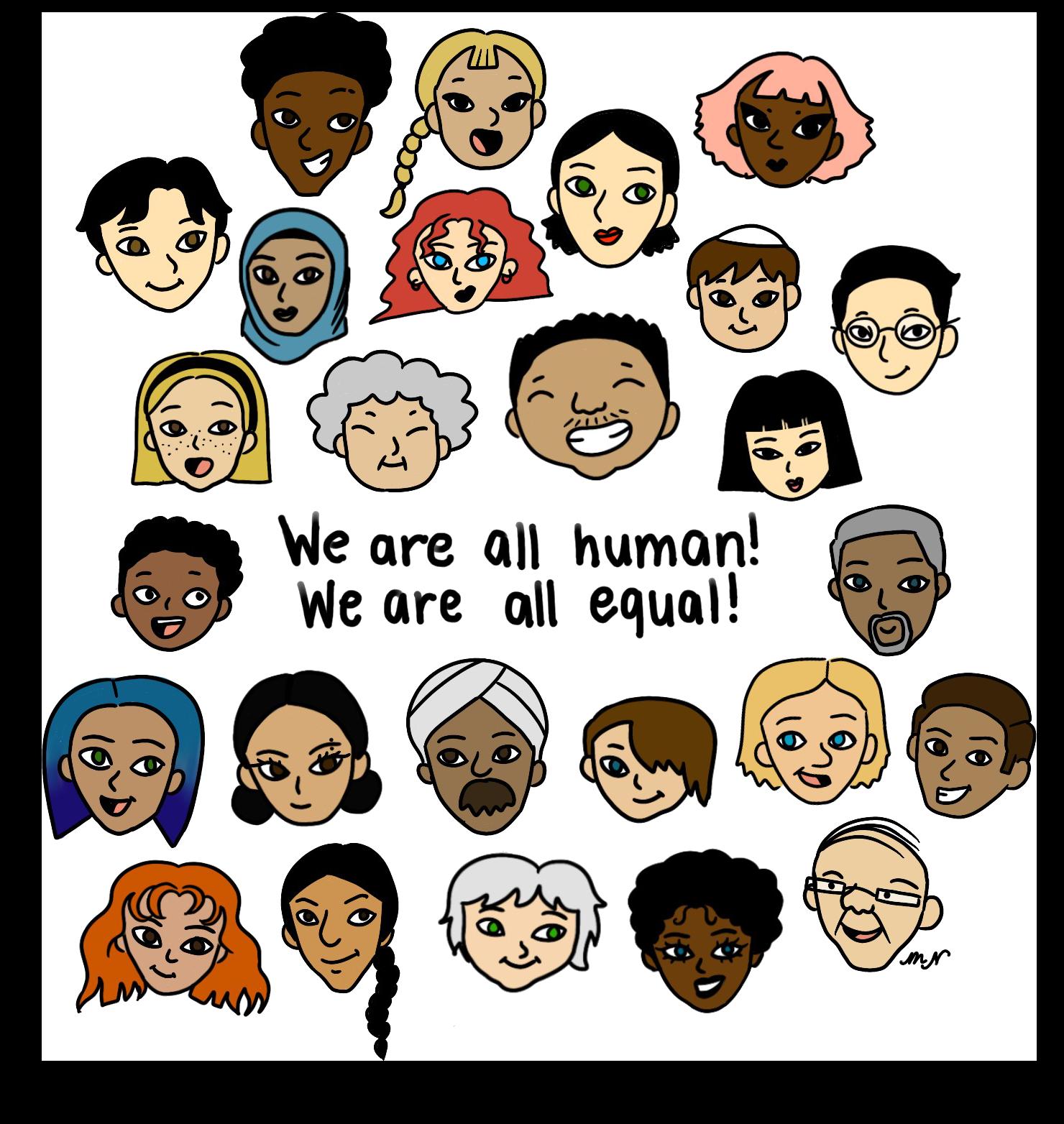





































































 by Nancy Aguilar-Aquino, Alexandra Caballero, Paola Espinoza
by Nancy Aguilar-Aquino, Alexandra Caballero, Paola Espinoza







 by Nicole Hernandez
by Nicole Hernandez





























 by Nicole Lee, Christina Garcia, & Cynthia Rocha
by Nicole Lee, Christina Garcia, & Cynthia Rocha









